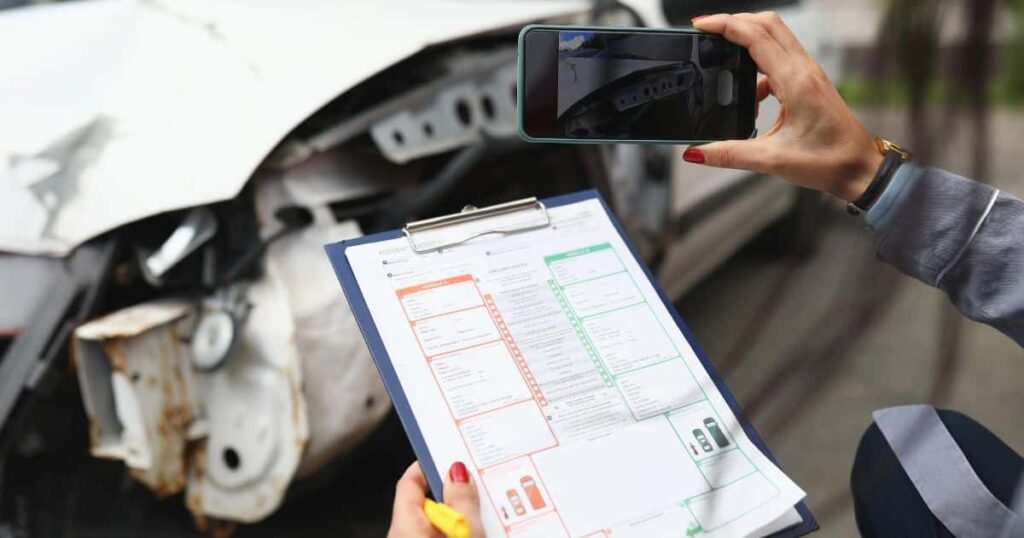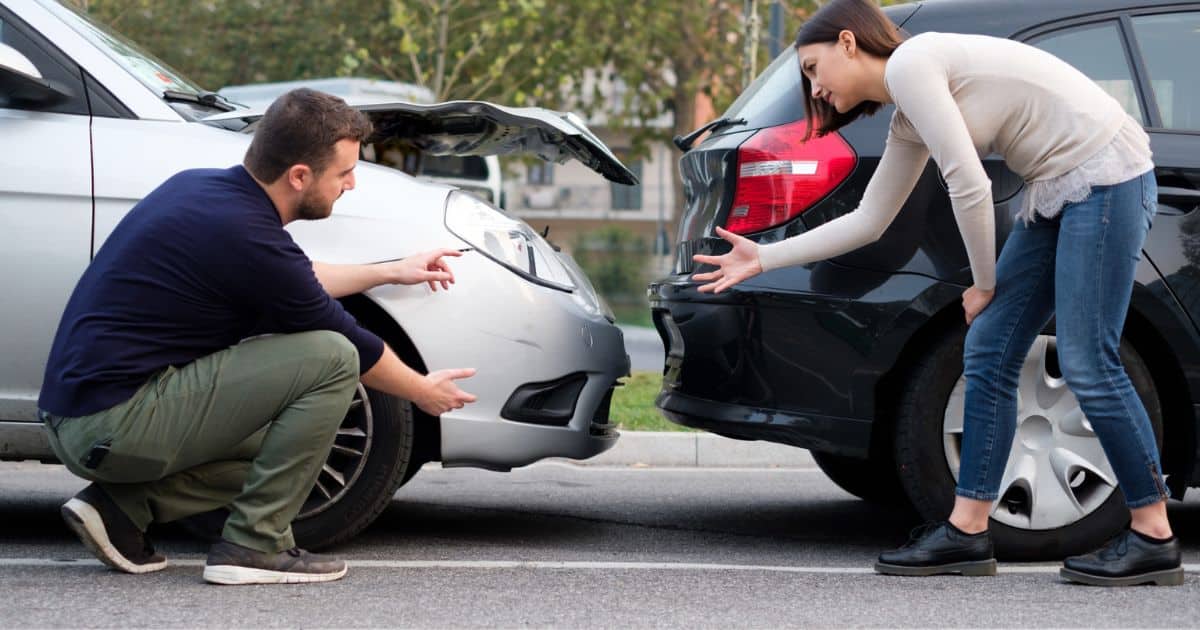In the aftermath of a vehicular accident, determining the extent of damage inflicted upon each involved vehicle becomes paramount. By employing a comprehensive methodology encompassing external damage assessment, structural integrity evaluation, and impact zone analysis, we aim to shed light on which car bears more damage. Through indicators of internal damage, mechanical component inspection, and a damage severity ranking system, this article analyzes the factors affecting damage assessment, providing a visual representation of the contrasting outcomes. Join us as we delve into the technical intricacies of this crucial investigation.
Key Takeaways
- Damage assessment is crucial for insurance claims and legal proceedings, and involves meticulous examination of exterior components and determination of severity and extent of collision damage.
- Structural evaluation involves thorough analysis of frame, chassis, and key structural components to identify deformations, fractures, or alignment issues, and assess the safety and reliability of the vehicle post-accident.
- Impact analysis focuses on specific areas of impact on each vehicle, examining the distribution and severity of damage, and providing insights into the dynamics of the collision.
- Indicators of internal damage include abnormal noises, fluid leaks, changes in performance, and thorough inspections to determine the extent of damage and ensure the safety and functionality of the vehicle.
External Damage Assessment

One important aspect of external damage assessment is determining if either vehicle sustained any significant damage in the accident. This process involves a meticulous examination of the exterior components of the vehicles involved, such as the body panels, windows, lights, and tires. By inspecting the extent of the damage, experts can determine the severity of the collision and assess which car has incurred more harm. This evaluation provides crucial information for insurance claims and legal proceedings.
Structural Integrity Evaluation
The structural integrity evaluation involves a thorough analysis of the vehicle’s frame, chassis, and other key structural components to determine the extent of damage sustained in the accident. This evaluation is crucial in assessing the safety and reliability of the vehicle post-accident. By examining the structural integrity, experts can identify any structural deformations, fractures, or alignments issues that may have occurred during the collision. This detailed analysis provides valuable insights into the severity of the damage and helps determine which car has suffered more structural damage.
Impact Zone Analysis
During an impact zone analysis, experts examine the distribution and severity of damage sustained by the vehicles involved in the accident. This analysis focuses on the specific areas of impact on each vehicle, evaluating the extent of damage and its effects on the structural integrity. By assessing the damage patterns, experts can determine the force and direction of the impact, providing valuable insights into the dynamics of the collision. This information helps in determining which car has more damage and aids in determining liability and insurance claims.
Indicators of Internal Damage

Certain indicators suggest possible internal damage in vehicles involved in an accident. These indicators include abnormal noises coming from the engine or transmission, fluid leaks, and warning lights on the dashboard. Additionally, a noticeable change in the vehicle’s performance, such as difficulty in starting or rough idling, may also indicate internal damage. It is crucial to thoroughly inspect these indicators to determine the extent of the damage and ensure the safety and functionality of the vehicle.
Mechanical Component Inspection
To accurately assess the extent of damage in a car accident, it is important to conduct a thorough mechanical component inspection. This involves examining the various parts of the vehicle’s mechanical system, such as the engine, transmission, suspension, and brakes, to identify any potential issues or damage. By inspecting these components, professionals can determine if there are any underlying problems that may have been caused by the accident. This information will then be used to establish a damage severity ranking system, which will be discussed in the next section.
Damage Severity Ranking System
Importantly, the damage severity ranking system provides a comprehensive evaluation of the extent of damage sustained by each vehicle involved in an accident. This system utilizes a set of criteria to assess various aspects of the damage, including structural integrity, mechanical functionality, and cosmetic appearance. By assigning a severity rank to each vehicle, the system allows for a more objective comparison of damage levels. Understanding the damage severity ranking system is crucial in determining the extent of damage and the subsequent repair requirements. Now, let’s explore the factors that can affect the assessment of damage.
Factors Affecting Damage Assessment

Additionally, various factors can influence the assessment of damage in a car accident. These factors include the speed at which the vehicles were traveling, the angle of impact, the weight and size of the vehicles, and the presence of safety features such as airbags and crumple zones. Other factors that may affect damage assessment include the condition of the vehicles prior to the accident, the type and quality of repairs, and the expertise of the assessors. Considering these factors is crucial in determining the extent of damage in a car accident.
Frequently Asked Questions
What car has the highest accident rate?
Small cars often have a higher accident rate due to their size and visibility.
What vehicle is most likely to get in an accident?
Young and inexperienced drivers are more likely to be in accidents.
What is the best car to have in an accident?
Cars with advanced safety features are best in accidents, like Volvo and Subaru models.
Is the car with the most damage usually at fault?
Fault in an accident is determined by the circumstances; the most damaged car isn’t always at fault.
Conclusion
Based on the external damage assessment, structural integrity evaluation, impact zone analysis, indicators of internal damage, and mechanical component inspection, it can be determined which car has more damage in an accident. The damage severity ranking system helps in accurately assessing the extent of damage. However, it is important to consider various factors that can affect the damage assessment process. In conclusion, a precise and analytical approach is necessary to determine the extent of damage in a car accident.






